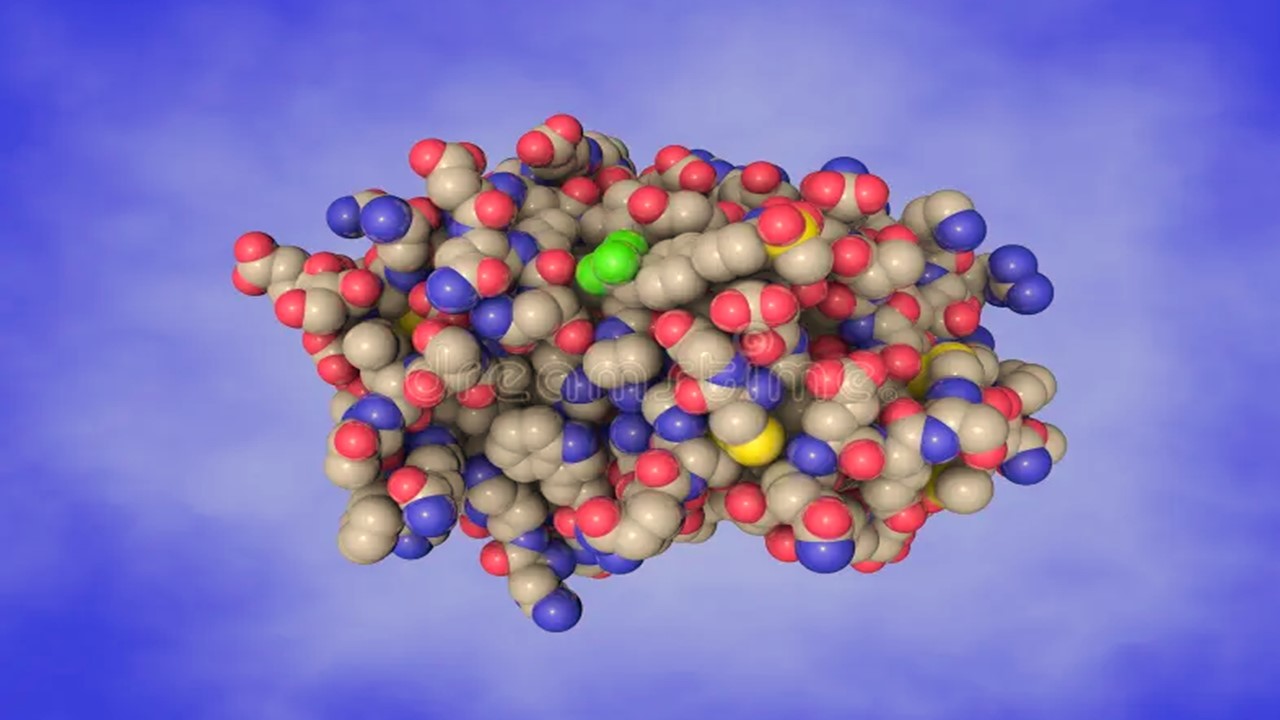In a groundbreaking move, Novartis AG has cemented its commitment to revolutionizing autoimmune therapies by acquiring Calypso Biotech BV, a trailblazer in Interleukin-15 (IL-15) targeted therapies. The deal, valued at an upfront payment of $250 million with additional development milestones potentially reaching $175 million, underscores Novartis’ strategic focus on advancing innovative treatments for autoimmune conditions.
Calypso, initially a spin-out from Merck, has earned its reputation as a leader in the research and development of monoclonal antibodies tailored for various autoimmune indications, with a particular emphasis on IL-15 biology. IL-15, a 14–15 kDa glycoprotein, plays a pivotal role in regulating barrier function and downstream immune cascades across various chronic autoimmune diseases. Calypso’s flagship product, CALY-002, stands out as a potential best-in-class therapeutic antibody designed to bind to and neutralize IL-15.
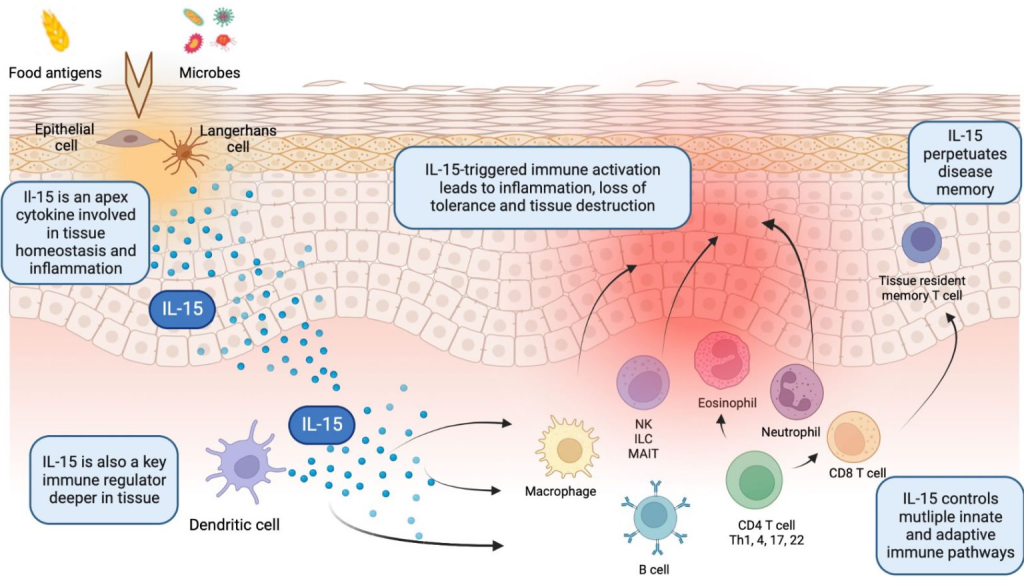
IL-15’s Function as an Immune Regulatory Checkpoint. IL-15, a key cytokine, maintains tissue balance and regulates inflammation. It is secreted by non-immune epithelial cells in response to interactions with microbes, food antigens, and allergens, as well as by myeloid and dendritic cells in deeper tissues. Acting as a crucial immune regulator, IL-15 orchestrates the activation and survival of various innate and adaptive components. Dysregulated IL-15 expression can lead to tissue inflammation and damage through the activation of cellular mediators. Additionally, IL-15 is essential for the survival of tissue-resident memory T cells, contributing to the perpetuation of diseases. Sources: Jabri & Abadie Nat.Rev.Immunol 2015; Waldmann et al. J. Exp. Med 2019; Created with BioRender. © Calypso Biotech 2024.
Decoding the Intricacies of IL-15: A Master Regulator Unveiled
IL-15 Production and Regulation: A Multifaceted Puzzle
Understanding IL-15’s intricate regulatory mechanisms is fundamental to appreciating its therapeutic potential. While IL-15 mRNA is expressed in various cell types and tissues, its protein secretion is remarkably restricted. Structural nuances, such as inefficient translation and alternative splicing, contribute to the scarcity of detectable IL-15 proteins. Moreover, the unconventional trans-presentation mechanism adds a layer of complexity to IL-15’s delivery to responsive cells.
IL-15 Signaling Cascade: A Symphony of Molecular Events
IL-15’s biological effects are orchestrated through a well-coordinated signaling cascade. Binding to IL-15Rα initiates downstream events, recruiting Janus kinase (JAK) JAK1 and activating JAK3, leading to the phosphorylation of signal transducer and activator of transcription (STAT) proteins STAT3 and STAT5. Notably, IL-15 shares signaling components with other cytokines, contributing to its distinct immunomodulatory properties compared to IL-2.
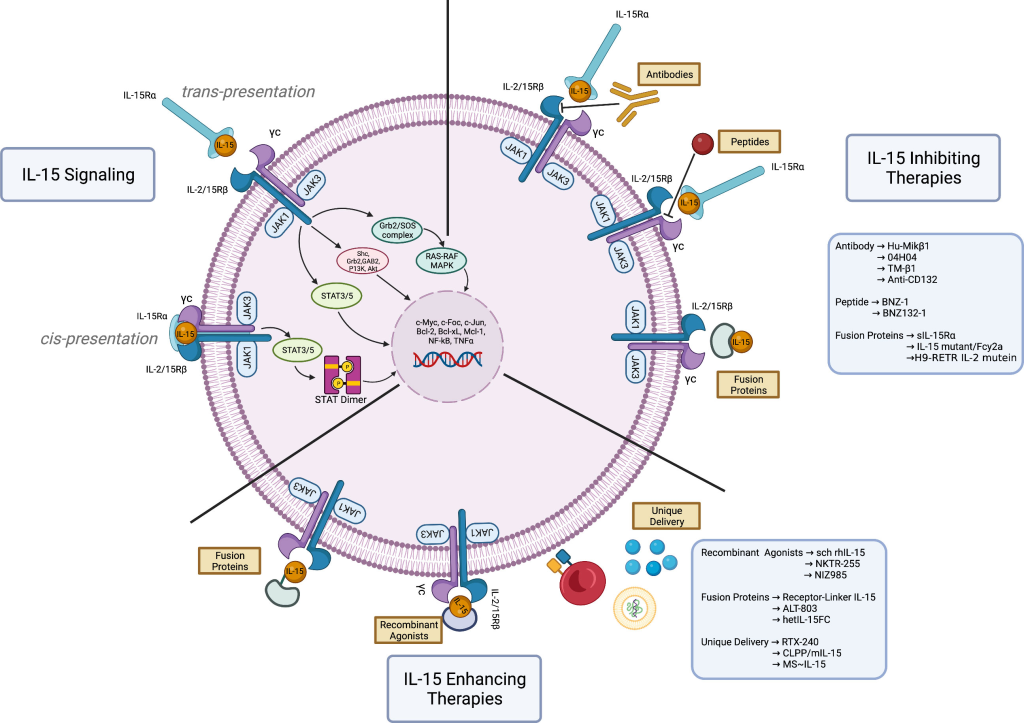
IL-15Rα: An Additional Layer of Complexity
The IL-15 receptor, IL-15Rα, adds another layer of complexity to IL-15 regulation. Widely expressed in various cell types and tissues, IL-15Rα mRNA levels can be modulated by external stimuli. Proteolytic cleavage of membrane-bound IL-15Rα results in a soluble form that may act antagonistically or agonistically, influencing the availability and release kinetics of IL-15.
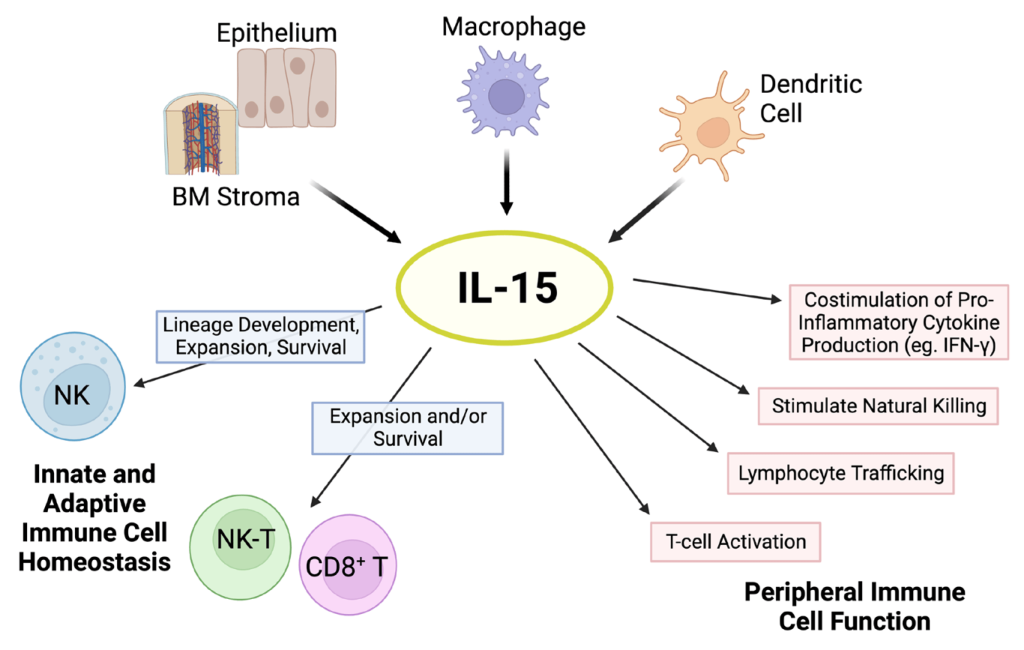
Novartis’ Strategic Vision: CALY-002’s Promising Journey Ahead
CALY-002: Novartis’ New Frontier in Autoimmune Indications
Novartis, with the acquisition of Calypso, gains exclusive rights to CALY-002, Calypso’s lead product candidate. The pharmaceutical giant envisions an expansive exploration of CALY-002 across a spectrum of autoimmune indications with high unmet medical needs. Currently undergoing evaluation in a Phase 1b trial for Celiac Disease and Eosinophilic Esophagitis, CALY-002 is a potential game-changer in autoimmune therapies.
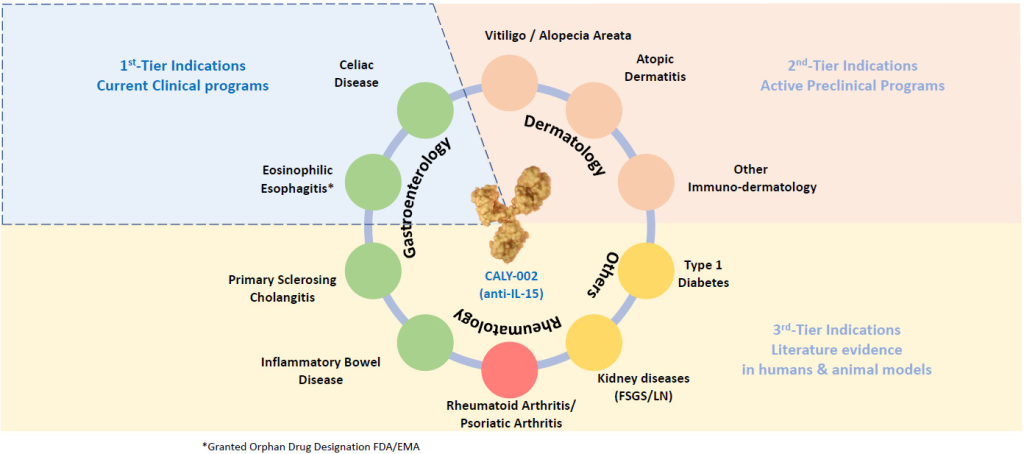
Industry Voices on Novartis-Calypso Union: A Symphony of Excitement
Leadership voices from both Calypso and Novartis express enthusiasm for this transformative transaction. Alain Vicari, Chief Executive Officer & Co-Founder of Calypso, emphasizes the alignment of goals with Novartis’ commitment to innovation. Bernard Coulie, Chairman of Calypso, hails the acquisition as a pinnacle achievement, showcasing CALY-002’s de-risked profile as a therapeutic anti-IL-15 antibody. Richard Siegel, Head of Immunology Research at Novartis, underscores the strategic fit of CALY-002 in Novartis’ Immunology pipeline, promising a new era in autoimmune treatment options.
The Novartis-Calypso collaboration signifies a quantum leap in autoimmune therapies, propelled by a deep understanding of IL-15 biology and the strategic potential of CALY-002. As this promising journey unfolds, patients with autoimmune conditions may anticipate a new dawn in therapeutic possibilities.
About Calypso Biotech BV
Calypso, a private biotech firm, is dedicated to advancing novel biologics for unmet medical needs in autoimmune and inflammatory diseases. The company’s focus revolves around the development of a pioneering anti-IL-15 monoclonal antibody designed to address a wide spectrum of chronic autoimmune conditions. By targeting Interleukin-15 (IL-15) and its multifaceted functions throughout the immune response cascade, CALY-002, an exceptionally potent monoclonal antibody, employs a uniquely effective molecular mechanism to mitigate inflammation and prevent tissue damage. Established by M Ventures, the corporate strategic venture arm of Merck, Calypso is headquartered in Amsterdam, The Netherlands, and operates offices and laboratories in Geneva, Switzerland. Key investors encompass M Ventures, Inkef Capital, Gilde Healthcare, Fountain Healthcare Partners, and Johnson & Johnson Innovation – JJDC, Inc.
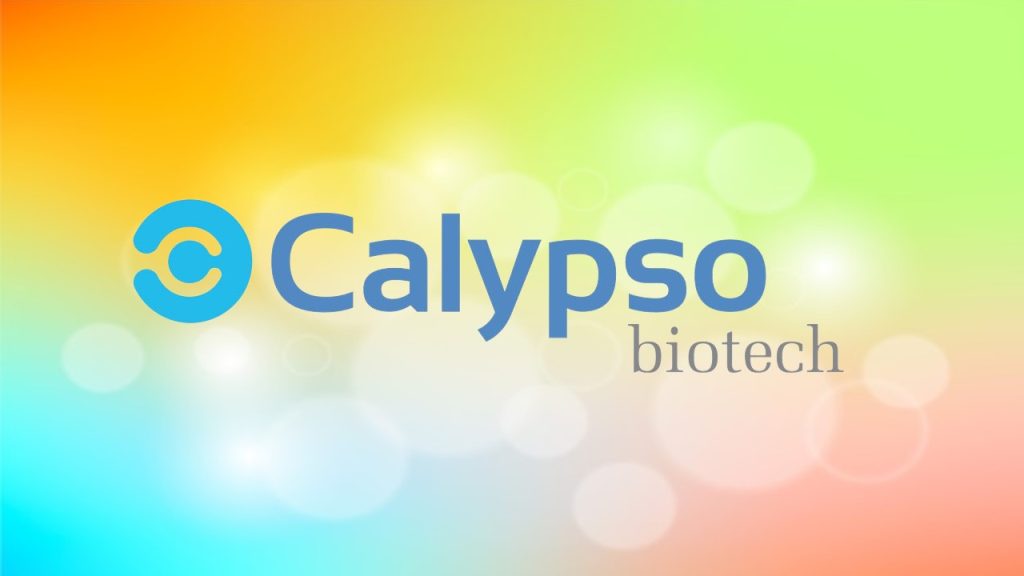
Learn more about the company via its website www.calypsobiotech.com.
About Novartis AG
Novartis AG, headquartered in Basel, Switzerland, stands as a formidable Swiss multinational pharmaceutical corporation, consistently securing a position among the top five pharmaceutical companies globally. With a robust presence in the industry, Novartis claimed the fourth spot in terms of revenue in 2022. The company’s diverse pharmaceutical portfolio includes the production of significant drugs like clozapine (Clozaril), diclofenac (Voltaren), carbamazepine (Tegretol), valsartan (Diovan), imatinib mesylate (Gleevec/Glivec), cyclosporine (Neoral/Sandimmune), letrozole (Femara), terbinafine (Lamisil), deferasirox (Exjade), and more.
The roots of Novartis trace back to 1996 when it was established through the merger of Ciba-Geigy and Sandoz, marking a historic corporate amalgamation at that time. The formation of Novartis brought together the pharmaceutical and agrochemical divisions of both entities, creating an independent entity that would go on to become a global pharmaceutical giant. The name “Novartis” draws inspiration from the Latin term “novae artes,” signifying new skills.
As a publicly traded Swiss holding company, Novartis AG functions through the Novartis Group, maintaining direct or indirect ownership of all companies worldwide operating as subsidiaries within the Novartis Group. This structure underscores Novartis’s comprehensive and centralized approach to its global operations.

Visit Novartis AG’s Official Website to learn more.
Engr. Dex Marco Tiu Guibelondo, B.Sc. Pharm, R.Ph., B.Sc. CpE
Subscribe
to get our
LATEST NEWS
Related Posts

Immunology & Oncology
Forging a Hopeful Outlook on Cancer Drug Development
The core of oncotherapy is still about reducing human suffering and facing the many challenges of this disease together.

Immunology & Oncology
Patterns, Profiles, and Patient Outcomes: AI in Oncotherapeutics
AI presents a beacon of hope in revolutionizing cancer management across various stages.
Read More Articles
Synthetic Chemistry’s Potential in Deciphering Antimicrobial Peptides
The saga of antimicrobial peptides unfolds as a testament to scientific ingenuity and therapeutic resilience.



